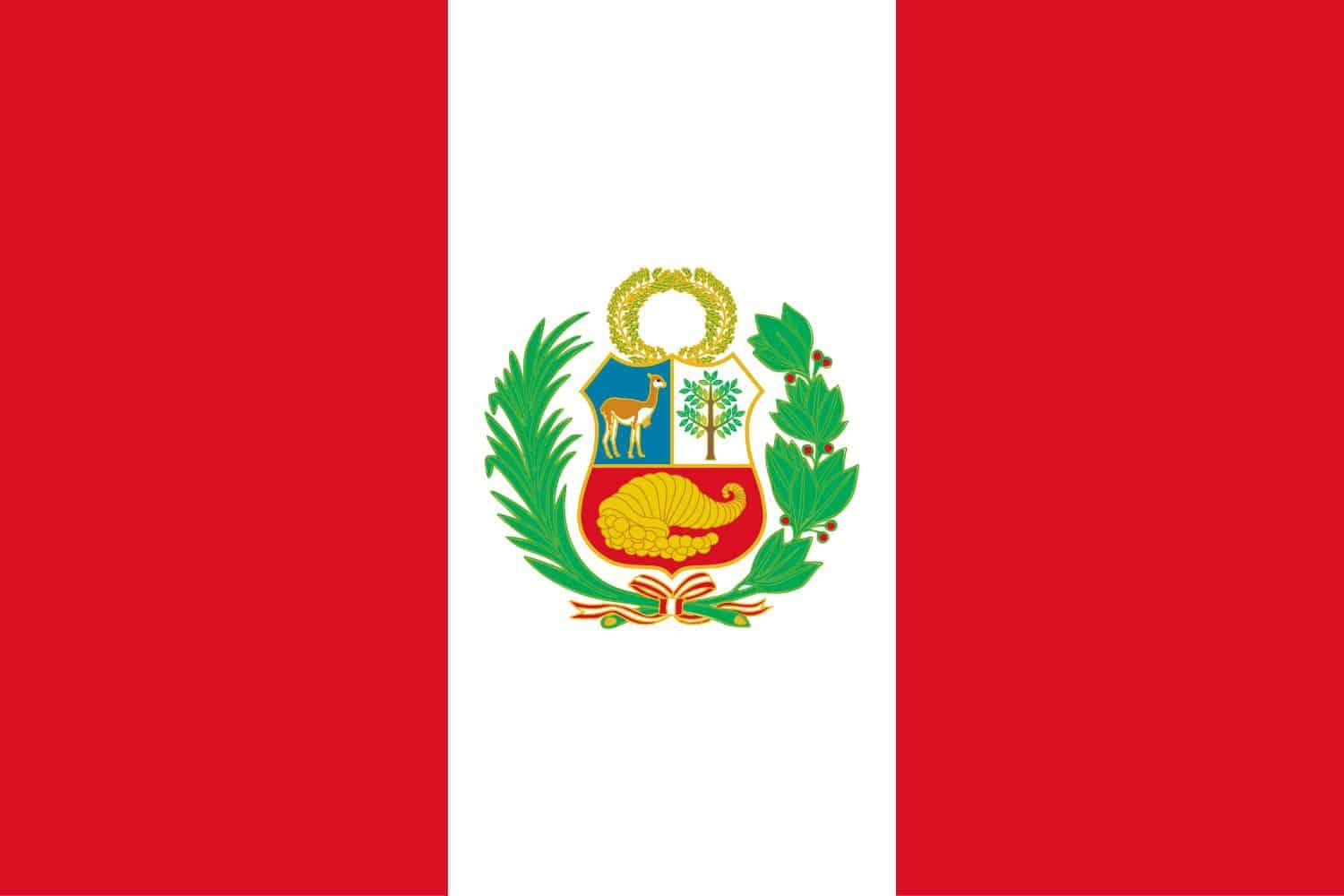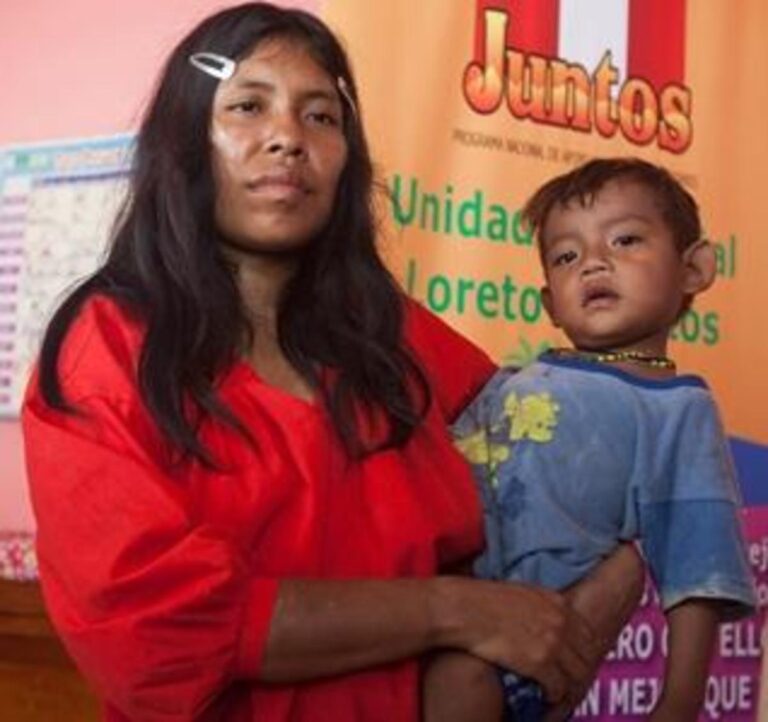In the vibrant tapestry of Peru’s social landscape, where the Andes meet the Amazon and cultural traditions intertwine with modern aspirations, a transformative initiative quietly unfolds—Juntos, the cash transfer program that is redefining the narrative of poverty alleviation. Launched in 2005, Juntos serves as a beacon of hope for countless families, providing them not just with monetary support, but with the essential tools for long-term empowerment and change. As we delve into the inner workings of this innovative program, we uncover the stories of resilience it has fostered, the challenges it faces, and the profound impact it has made on the lives of Peruvians. Join us on a journey to explore how Juntos is not merely a financial aid program, but a catalyst for community development, personal growth, and a shared vision for a more equitable future.
Understanding the Foundations of Perus Juntos Cash Transfer Program
The Juntos Cash Transfer Program is built on the principle of reducing poverty through direct financial support while promoting social responsibility. This innovative program targets vulnerable families across Peru, aiming to alleviate economic hardship and improve overall well-being. By offering monetary aid, Juntos encourages families to invest in crucial areas such as education, health, and nutrition, fostering a stronger foundation for sustainable growth. The program is structured to empower participants, requiring them to commit to key actions that enhance their quality of life, such as ensuring their children attend school and receive regular health check-ups.
The effectiveness of the program relies on several foundational elements, including:
- Targeted Outreach: Identifying and reaching families in need through comprehensive assessments.
- Conditional Cash Transfers: Providing financial assistance linked to achieving specific milestones.
- Community Engagement: Involving local leaders and organizations to foster deeper connections with recipients.
- Monitoring and Evaluation: Continuously assessing impact and making adjustments to improve outcomes.
| Key Components | Description |
|---|---|
| Financial Support | Direct cash transfers to families |
| Health Programs | Commitment to regular health check-ups |
| Education Focus | Incentives for children’s school attendance |

Examining the Impact on Poverty Reduction and Social Inclusion
Peru’s Juntos Cash Transfer Program has significantly influenced poverty reduction through targeted financial support to vulnerable households. By providing direct cash transfers, the program empowers low-income families to access essential resources, which, in turn, creates ripples of change within their communities. Households receiving assistance have reported improved access to healthcare services, enhanced nutritional outcomes, and increased school enrollment rates, showcasing a clear link between financial aid and social mobility.
Moreover, Juntos actively fosters social inclusion by encouraging participants to engage in local governance and community activities. This engagement is instrumental in crafting a sense of belonging and agency among beneficiaries. Notably, the program incorporates measures that aim to reach marginalized groups, including indigenous populations and women-headed households. Initiatives such as workshops and group activities help in building supportive networks, creating an inclusive environment where all voices can be heard.

Enhancing Program Effectiveness Through Community Engagement
One of the pillars of the Juntos Cash Transfer Program is its commitment to community engagement, which plays a crucial role in enhancing program effectiveness. By actively involving local communities, the program not only fosters trust but also tailors interventions to better meet the unique needs of beneficiaries. This collaborative approach leading to significant social and economic improvements can be seen through:
- Local Feedback Loops: Regular community meetings ensure that the voices of beneficiaries are heard, allowing the program to adapt swiftly to feedback and concerns.
- Empowered Volunteers: Trained community members serve as intermediaries, facilitating education on program benefits and encouraging participation.
- Tailored Solutions: Programs are customized by taking into account local cultural practices and socioeconomic conditions, resulting in higher program uptake.
This strategy not only gives beneficiaries a sense of ownership but also promotes a shared commitment to improving community welfare. By establishing partnerships with local organizations and stakeholders, Juntos creates a synergistic effect that enhances resource allocation and scalability of initiatives. The following table illustrates the collaborative efforts between community structures and the Juntos program:
| Community Structure | Role in Juntos | Key Contribution |
|---|---|---|
| Local NGOs | Facilitators of Training | Enhance understanding of program criteria |
| Community Leaders | Mobilizers | Encourage enrollment through local influence |
| Beneficiary Groups | Advisory Councils | Provide feedback on program execution |

Recommendations for Future Improvements and Sustainability Strategies
To enhance the effectiveness of the Juntos Cash Transfer Program, several innovative strategies can be implemented. These strategies should focus on increasing community engagement and strengthening local partnerships. Below are some recommendations:
- Expanding Educational Programs: Integrating financial literacy and vocational training into the program can empower beneficiaries to make informed decisions and improve their economic prospects.
- Strengthening Monitoring Systems: Utilizing technology to track the impacts of cash transfers on families will help identify best practices, potential gaps, and ensure transparency.
- Creating Sustainable Community Projects: Encouraging beneficiaries to initiate collaborative projects, such as community gardens or local cooperatives, can promote self-sufficiency and social cohesion.
For long-term sustainability, it’s essential to foster systematic collaboration between government entities, non-profits, and local businesses. Establishing a network for resource sharing can amplify the program’s reach and benefits. Consider the table below for an overview of potential partnerships:
| Partner Type | Potential Roles |
|---|---|
| Government | Policy support, funding allocation, program oversight |
| Non-Profits | Capacity building, impact assessments, resource distribution |
| Local Businesses | Job creation, skill development, product sourcing |
Concluding Remarks
the Juntos Cash Transfer Program stands as a beacon of hope and a testament to the power of strategic social investments in Peru. By targeting the root causes of poverty and empowering vulnerable families, Juntos not only provides financial support but also fosters a culture of resilience and self-sufficiency. As we reflect on its journey, we recognize that genuine change requires collaboration, understanding, and a commitment to the communities it serves. The lessons learned from Juntos offer valuable insights not just for Peru, but for nations around the globe striving to bridge the gap between aspiration and reality. In an ever-evolving world, the need for innovative approaches to social welfare remains pressing. As we look to the future, let us carry forward the spirit of empowerment and solidarity that Juntos represents, inspiring new initiatives that uplift lives and transform societies.

